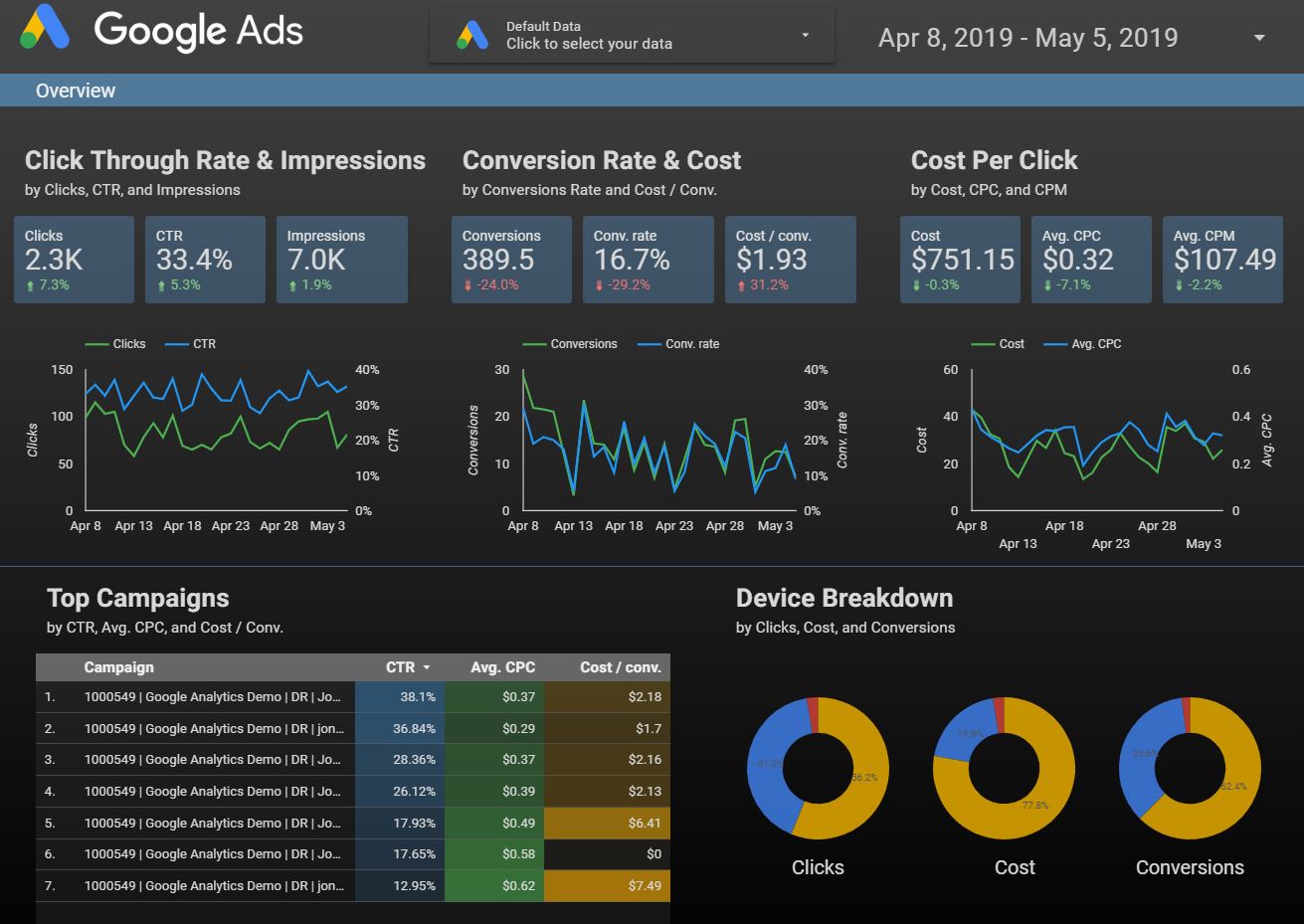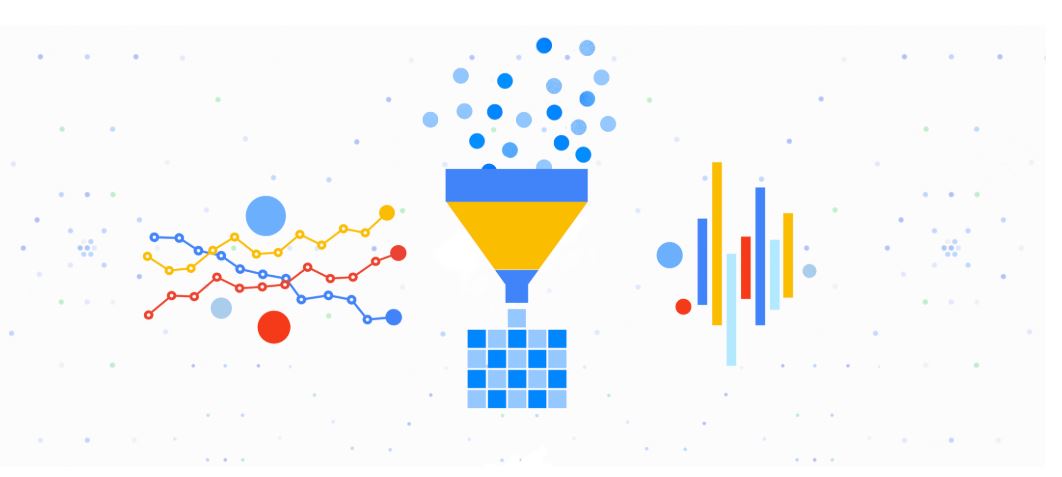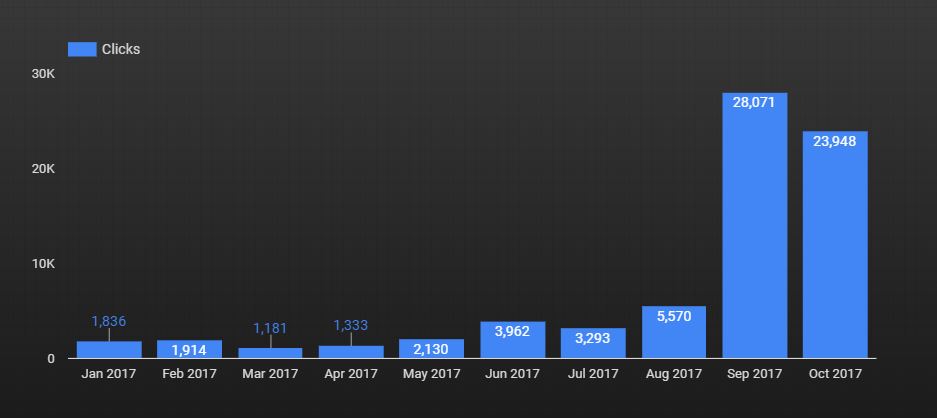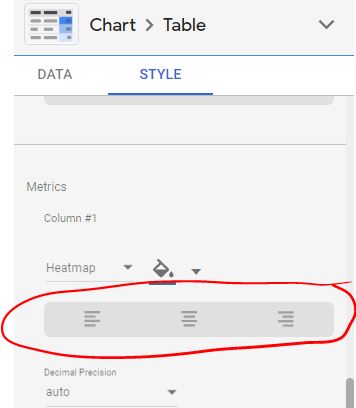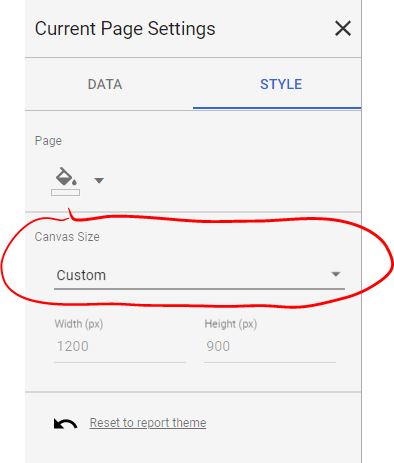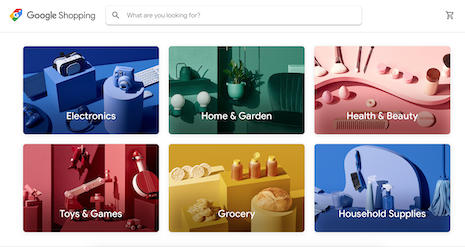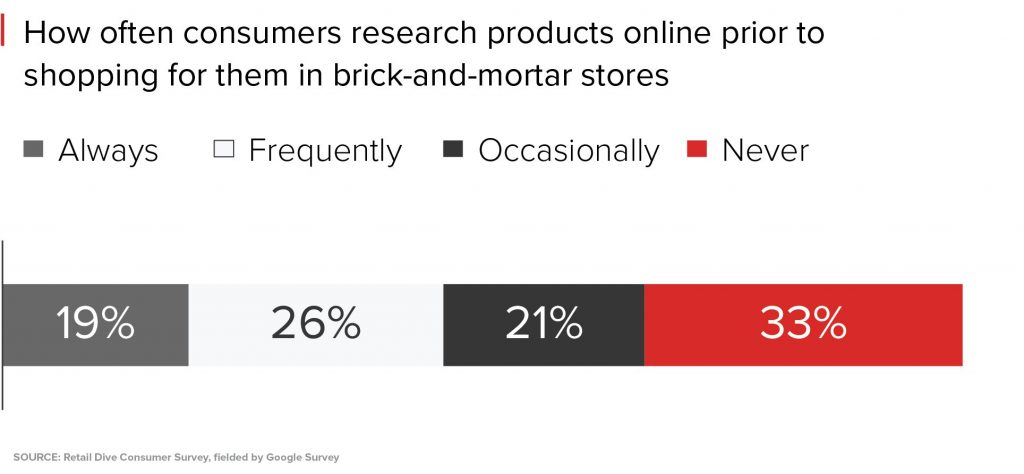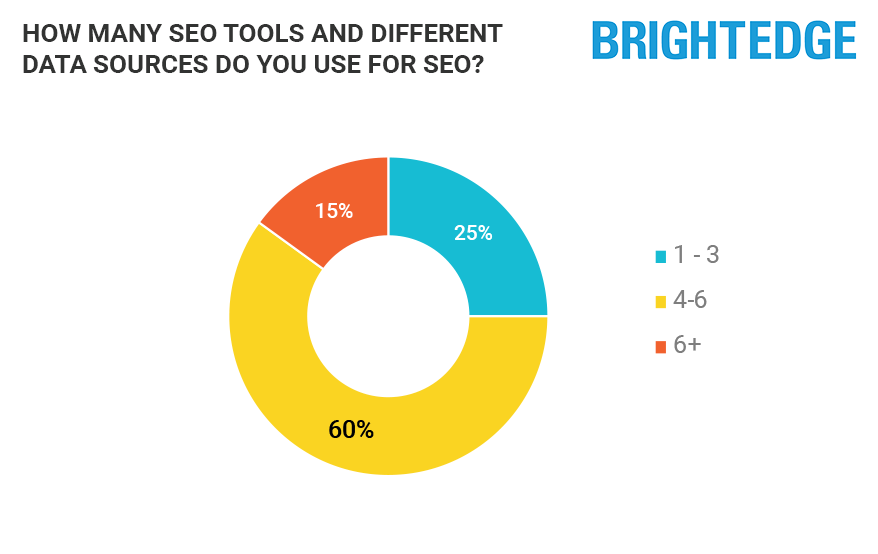For the SEO community, Domain Authority is a contentious metric.
Domain Authority (DA) is defined by Moz as
“A search engine ranking score developed by Moz that predicts how well a website will rank on search engine result pages (SERPs). A Domain Authority score ranges from one to 100, with higher scores corresponding to a greater ability to rank.”
Some people say that this score does more harm than good because it distracts digital marketers from what matters. Improving your DA doesn’t mean you’re improving your rankings. Others tend to find it useful on its own as a quick way to determine the quality or trustworthiness of a site.
Here’s what I say, from a digital PR perspective, domain authority is valuable when you’re using it to compare sites relative to one another. In fact, DA provides value for us PRs and is incredibly useful to our work.
Think of it this way. There are more websites than ever before, about 1.5 billion to be exact and so in some ways, this means there is more opportunity for marketers to get their content out in the world and in front of new audiences. While most people think that journalism is dying out, an enlightening post on Recode by Rani Molla explains that “while job postings for journalists are off more than 10 percent since 2004, jobs broadly related to content have almost quadrupled.”
In other words, if outreach is executed well, there are more places than ever to get your content featured and lead to driving traffic, broadening your audience, and improving your search ranking.
But even the most skilled PR teams can’t reach out to 1.5 billion sites. The knowledgeable ones know that you really only need one successful placement to get your content to spread like wildfire all over the Internet, earning links and gaining exposure for your brand in the process. With so many options out there, how do PR professionals know which sites to spend time targeting?
That’s where DA comes into play. When it comes to link building, content marketers know that not all backlinks and brand mentions are created equally. The value of a link or mention varies depending on the referring website. Moz’s DA score is a way for us PRs to quickly and easily assess the quality of the websites we target for our client’s content marketing campaigns.
Our team tends to bucket online publishers, blogs, and websites into three categories:
- Top-tier
- Mid-tier
- Low-tier
Keep in mind, particularly with the new Moz update, when deciding who to pitch, you must take a holistic approach. While domain authority is an excellent way to quickly assess the quality of a website, a site’s DA can change at any minute due to a multitude of factors, so make sure you are also taking into account your goals, the site’s audience, social following, and reputation as well as Moz DA score. In response to a Marketing Land tweet about the new DA, Stevie Howard says it perfectly.
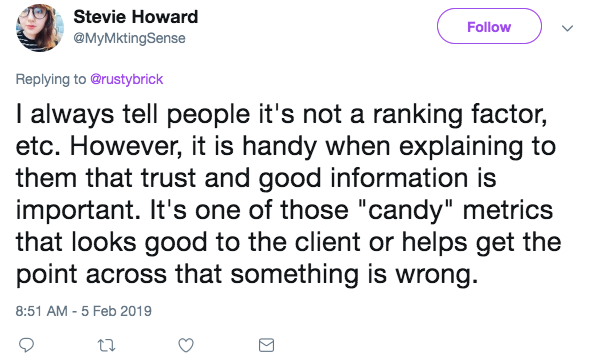
Top-tier sites
What constitutes a top-tier website? Can a top-tier site have a low DA? Potentially, but it’s uncommon.
When you look at the holy grail of media coverage, DA tends to align perfectly. Take, for example, the following seven major publishers that any brand or business would love to earn coverage on. The DA scores for all of these sites fall above 90. These sites all have an extremely large audience, both on-site and on social media.
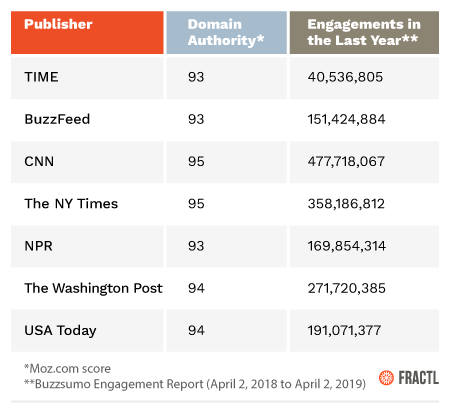
Our team at Fractl has an innate sense of the online publisher landscape, and the largest and most well-known content publishers out there all tend to have a domain authority above 90. This is what we consider to be the “top-tier”.
These publishers are difficult to place with because of their large audience, social following, and reputation, so for the best chance at earning organic press mentions on these sites, offer them authoritative, unique, exclusive, and newsworthy content.
Mid-tier sites
Mid-tier sites may not be the holy grail of news publishers, but they’re our bread and butter. This is where the majority of placements tend to happen. These publishers hit a sweet spot for digital PR pros—they’re not as sought-after as Buzzfeed and don’t deeply scrutinize pitches the way The New York Times does, but they have large audiences and tend to be much more responsive to content pitches.
I tend to categorize the mid-tier as publishers that fall within a DA of 66 to 89. Here are some examples of publishers that may be considered mid-tier.

Low-tier sites
Don’t underestimate a low-tier site simply because of its domain authority. For example, it wasn’t long ago that personal finance website, Money-ish, had a DA of 1. Launched in 2017, it was first its own website before being absorbed as part of the larger MarketWatch domain. MarketWatch has a DA of 93, with social engagement as high as 12,294,777 in the last year. If you ignored Money-ish because of its DA when they first started, you would have missed out on a chance to get your content featured on MarketWatch as well as build relationships with writers that are now under the MarketWatch umbrella. There are all types of content, and most marketers can figure out which projects have “legs” and which have less appeal. These lower-tier sites are often very niche and the perfect home for content that is aimed towards smaller, more precise audiences. These lower-tier sites also tend to have a high engagement where it matters, your target audience. Consider the site’s community. Does this site have a ton of email subscribers or high comment engagement? Are they killing it on Instagram or on another social network? You never know which site will become the next Money-ish, either!
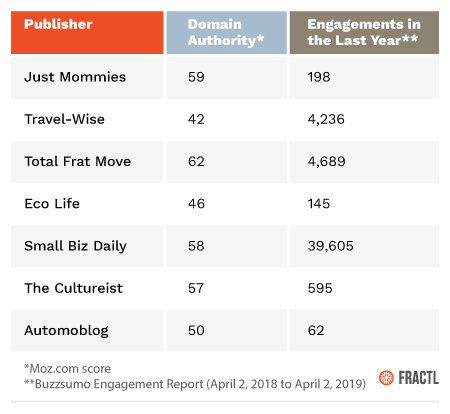
Share this article
Related articles
Pitching differences for each tier
There are plenty of sites that fall within different ranges of domain authority that would be an excellent fit for your content. It all just depends on your goals. In Fractl’s latest internal study, we were able to identify trends in the way journalists respond to PR professionals, based on the DA of the site they write for.

Observations
- Feedback from writers working for sites with a DA lower than 89 was most likely to be complimentary of the content campaigns we pitched them.
- The verbiage of their responses was also more positive on average than those from journalists working for publishers with a DA of 90 or above.
An example of the feedback we received that would be labeled as complimentary is,
“Thanks for sending this over, it fits perfectly with our audience. I scheduled a post on this study to go up tomorrow.”- Contributor, Matador Network (DA: 82)
Those of us that have been pitching mainstream publishers for a while know from experience that it’s often easier to place with websites that tend to fall in the mid to low-tier buckets. Writers at these publishers are usually open to email pitches and open to writing about outside content because such websites have less stringent editorial guidelines.
Conversely, publishers that fall into our definition of “high-tier” were less positive on average than writers working for publishers with a DA less than 90. On average, the higher the DA, the less positive the language becomes.
Why might that be? It makes perfect sense that publishers like The New York Times, CNN, TIME, and The Washington Post would be less positive. They’re likely receiving hundreds of PR pitches a day because of their popularity. If they do respond to a pitch, they want to ensure that they’re inquiring about content that would eventually meet their editorial guidelines, should they decide to cover it.
According to our study, when journalists at publishers with a DA of 90 or above do respond, they’re more likely to be asking about the methodology or source of the content.
An example of this feedback is from a staff writer at CNN.
“Thanks for sending along. I’m interested to know more about the methodology of the study.”
A response like this isn’t necessarily bad, in fact, it’s quite good. If a journalist is taking time to ask you more about the details of the content you pitched, it’s a good indication that the writer is hoping to cover it, they just need more information to ensure that any data-driven content is methodologically-sound.
Conclusion
Domain authority will continue to remain a controversial metric for SEOs, but for those of us working in digital PR, the metric provides a lot of value. Our study found a link between the DA of a site and the type of responses we received from writers at these publishers. High DA sites were less positive on average and requested research back methodologies more than lower-tier sites. Knowing the DA of a site allows you to:
- Improve your list building process and increase outreach efficacy
- Customize each outreach email you send to publishers of varying DAs
- Anticipate the level of editorial scrutiny you’re up against in terms of content types and research methodologies
- Optimize content you create to fit the needs of your target publisher
- Predict the outcome of a content campaign depending on where you placed the “exclusive”
Remember, just because a site has a high DA, it doesn’t mean it’s necessarily a good fit for your content. Always be sure to take a holistic approach to your list building process. Keep in mind the social engagement of the site, the topics they cover, who their audience is, their editorial guidelines, and most importantly, the goals of you or your client before reaching out to any publisher solely based on domain authority.
Domenica is a Brand Relationship Manager at Fractl. She can be found on Twitter .
Want to stay on top of the latest search trends?
Get top insights and news from our search experts.
Related reading
Google Analytics is great, but here’s look at newer, less-discussed tools that can be used for on-site analytics, including Finteza, HotJar, and Text Optimizer.
Around 77% of C-level executives recently reported that business adoption of AI initiatives is a major challenge. For SEO, introducing AI-powered tools could eliminate the mess of spreadsheets and empower more real-time action.
Understand the best metrics for your business when it comes to SEO, view them from a technical and commercial perspective. Lots of screenshots included.
A PWA is a mobile-friendly website that behaves like an app but doesn’t need to be downloaded to be used. Starbucks’ and Forbes’ case studies included.
Want to stay on top of the latest search trends?
Get top insights and news from our search experts.

